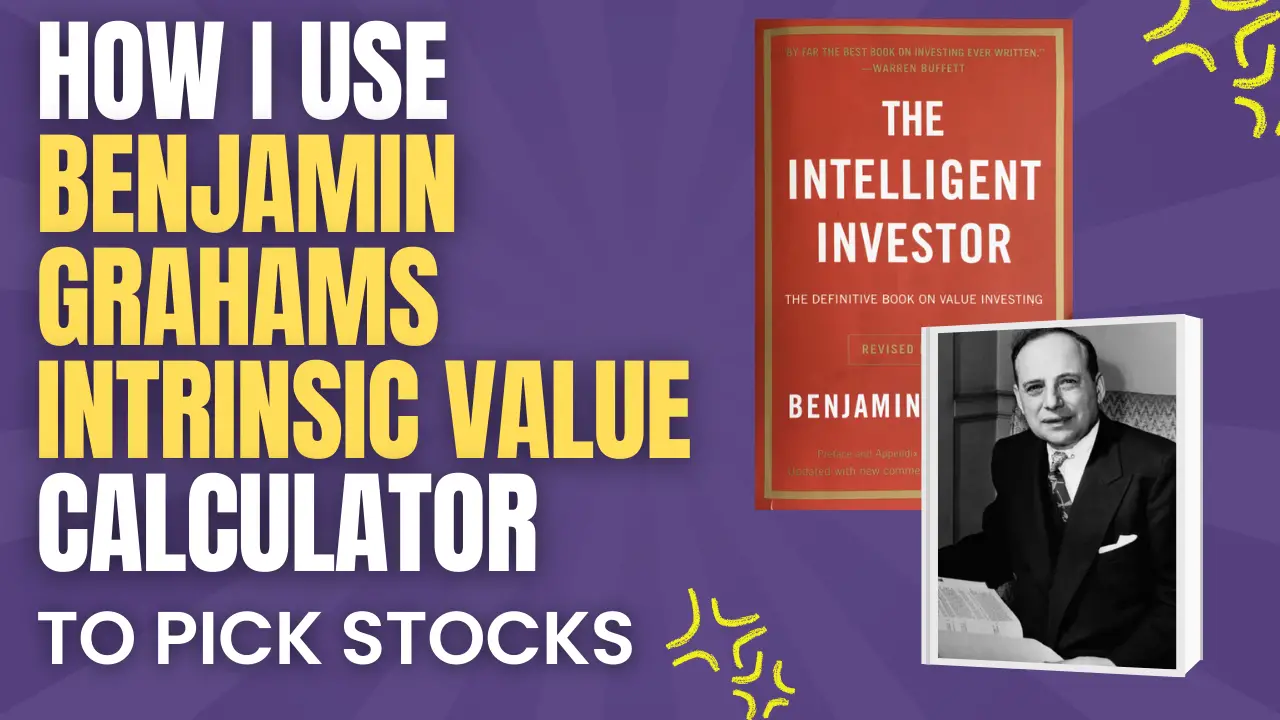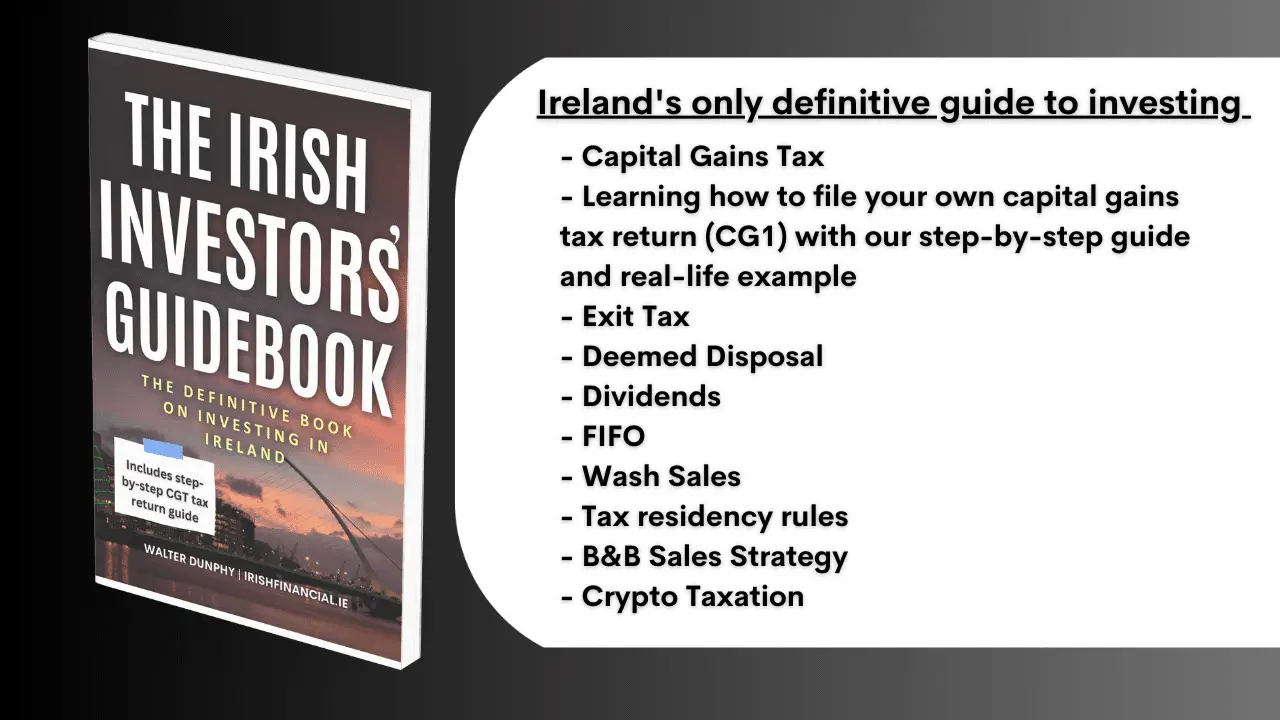Often the hardest part of investing for beginners, is how do you whittle down the thousands of potential stocks you can invest in? You could end up going down multiple rabbit holes wasting your time researching companies that are not good investment opportunities.
That is where a good stock screener comes in. In this blog post, we will look at how we can very quickly identify potential investment targets using Benjamin Graham’s intrinsic value calculation.
It is guaranteed that 99% of people reading this post are already well familiar with who Benjamin Graham is, so we won’t spend too much time going over his accolades. His is most famous for his book, the Intelligent Investor which is often hailed as the best investing book ever written.
If you are completely new to investing, it is worth checking out. It will give you a deep grounding in all the fundamental skills you will need to begin your investing journey.
The Benjamin Graham Intrinsic Value Formula
In Benjamin Graham’s book The Intelligent Investor, there is a formula that is now regularly used by many investors to work out the intrinsic value of a stock.
Below is this formula, which may look a little complicated, but in reality it is one of the simplest valuation models to use with scale.

In the below, Google Sheets spreadsheet I was able to quickly calculate the intrinsic value of 20 companies and determine if they were potentially worth doing more research on or passing on for now.

You can almost fully automate this using Google Finance’s functions to automatically pull in the current share price, EPS, and P/E Ratio. After that, the only work you have to do is estimate the 7-10 year annualised growth rate, which you can lean on analyst estimates for.
Don’t mess with the ‘g’
While many of the inputs required to compute the fair value of a stock using the Benjamin Graham formula are straightforward and unambiguous, the biggest weakness is how this valuation model is how people can have different interpretations of what the estimated annualised growth rate over the next 7-10 years should be.
Not only that, most analysts struggle to forecast the growth over the next quarter, never mind trying to forecast growth over the next 7-10 years. As a result of this, two people could end up with wildly different results when analysing the same stock.
That being said, if you are conservative and consistent in your approach to using this formula, then it can still be of value.
Margin of safety
You can greatly reduce your risk when using the Benjamin Graham fair value calculator when you use another one of Graham’s principles – the margin of safety.
This is a simple principle that states that you should only consider stocks as a potentially viable investment if their market value is below the intrinsic value plus another margin, for example 20-30%.
Not only will this make you a far more prudent investor, but it will also reduce the risk of making large errors in your calculations.
Graham’s intrinsic value is only the start
No valuation model, no matter how intricate and well thought out, can be a substitute for a full and detailed analysis of a company.
There are many qualitative factors, that can never be captured by a a formula. That is why, personally, I think Graham’s intrinsic value formula should only be used as a stock screener.
There are also many other valuation models such as the Dividend Discount Model, Peter Lynch’s Fair Value Model, and the Discounted Cash Flow Model which can also be used to give you further confidence that a stock is potentially undervalued.
Benjamin Graham had a different intended use for his intrinsic value formula
Many argue that Graham’s intrinsic value formula is being abused and used not for its indented purposes. Graham had intended to use this formula to retrospectively to study over and undervaluation.
That being said, when used in the right way I think it makes a fantastic stock screener.
Disclaimer: this blog post is for informational and educational purposes only and should not be construed as financial advice.






